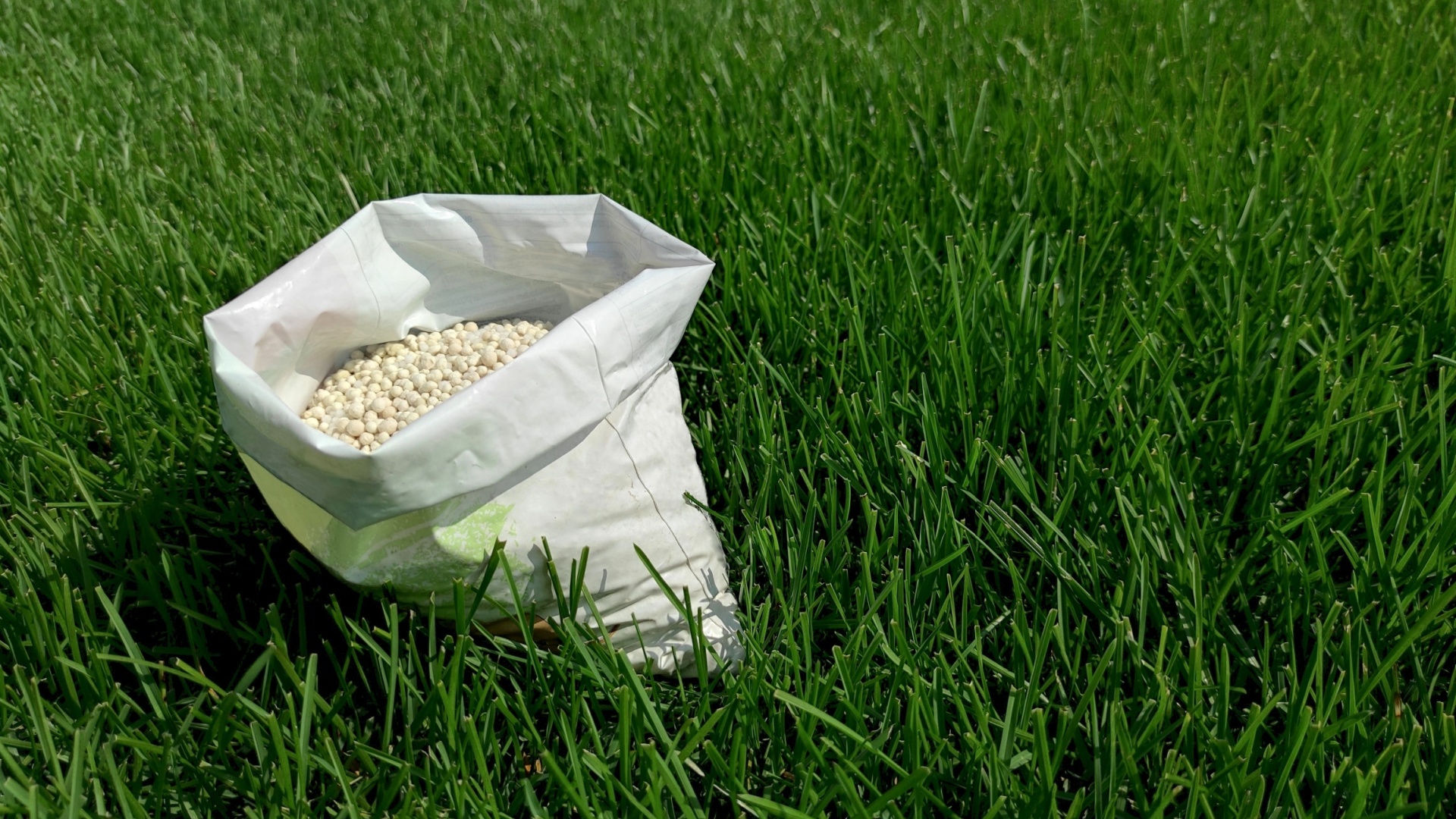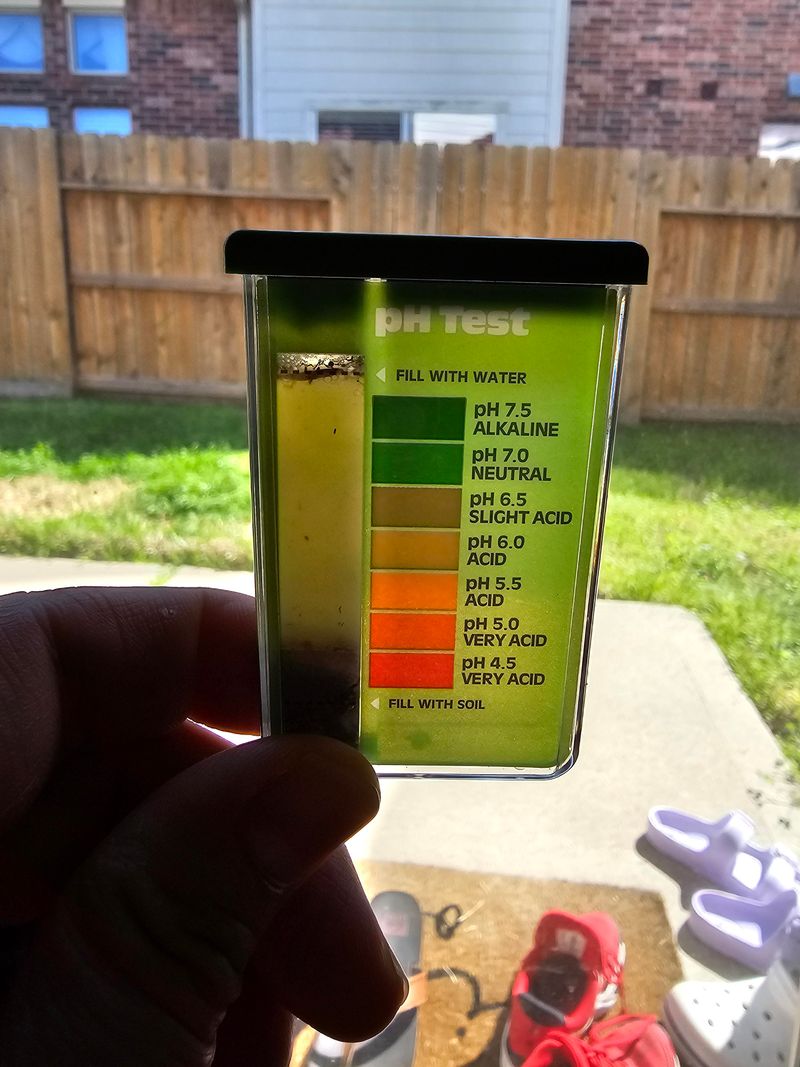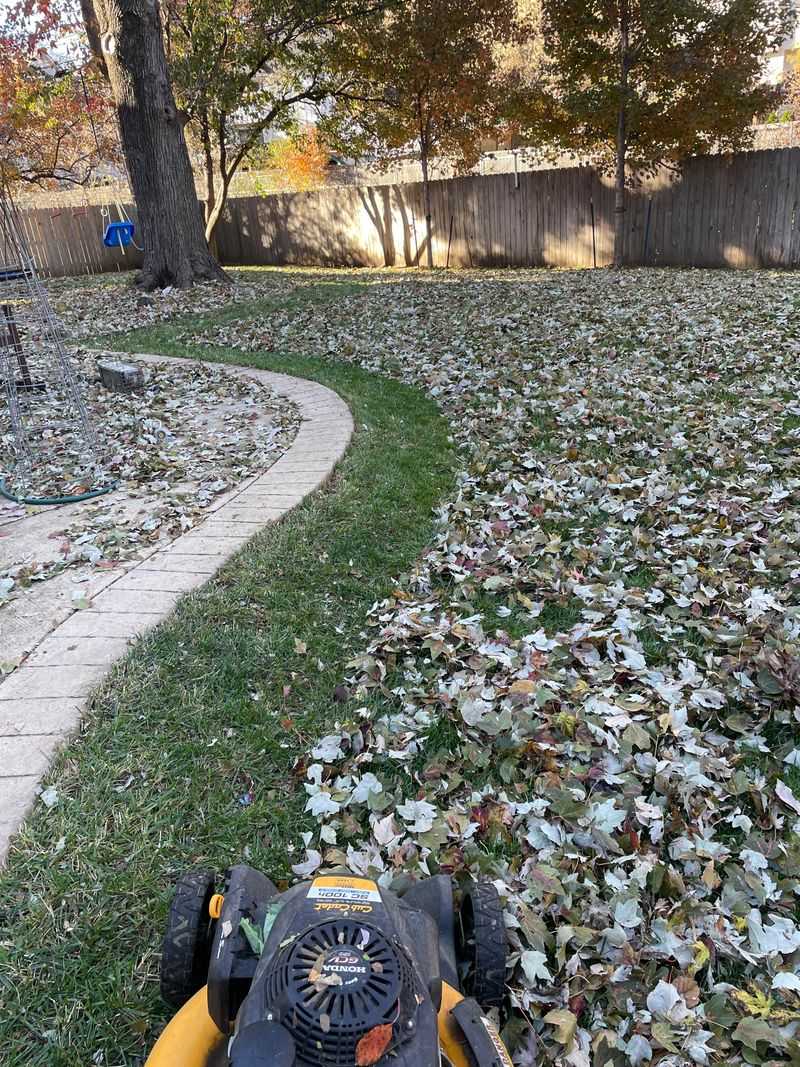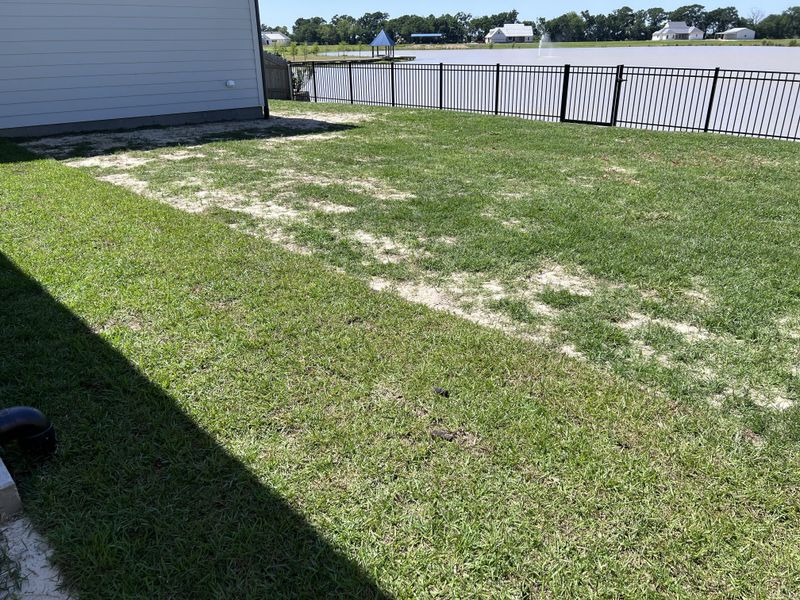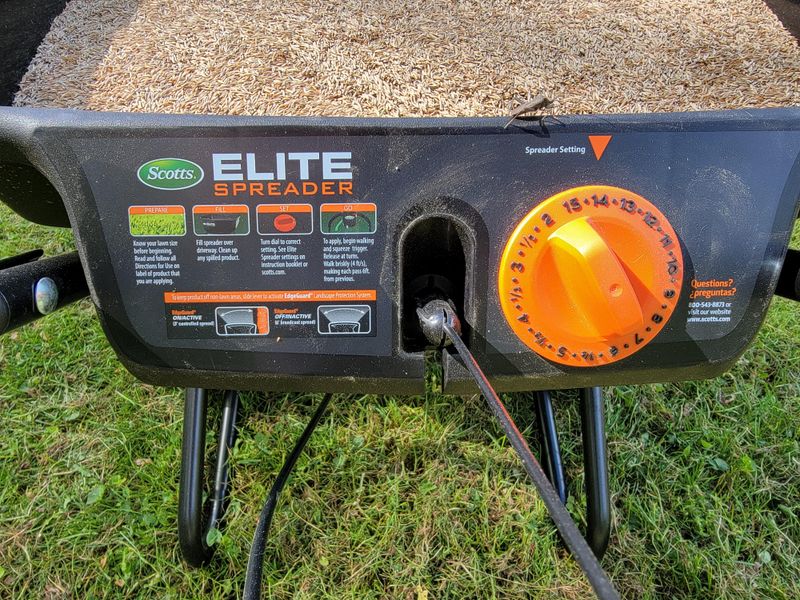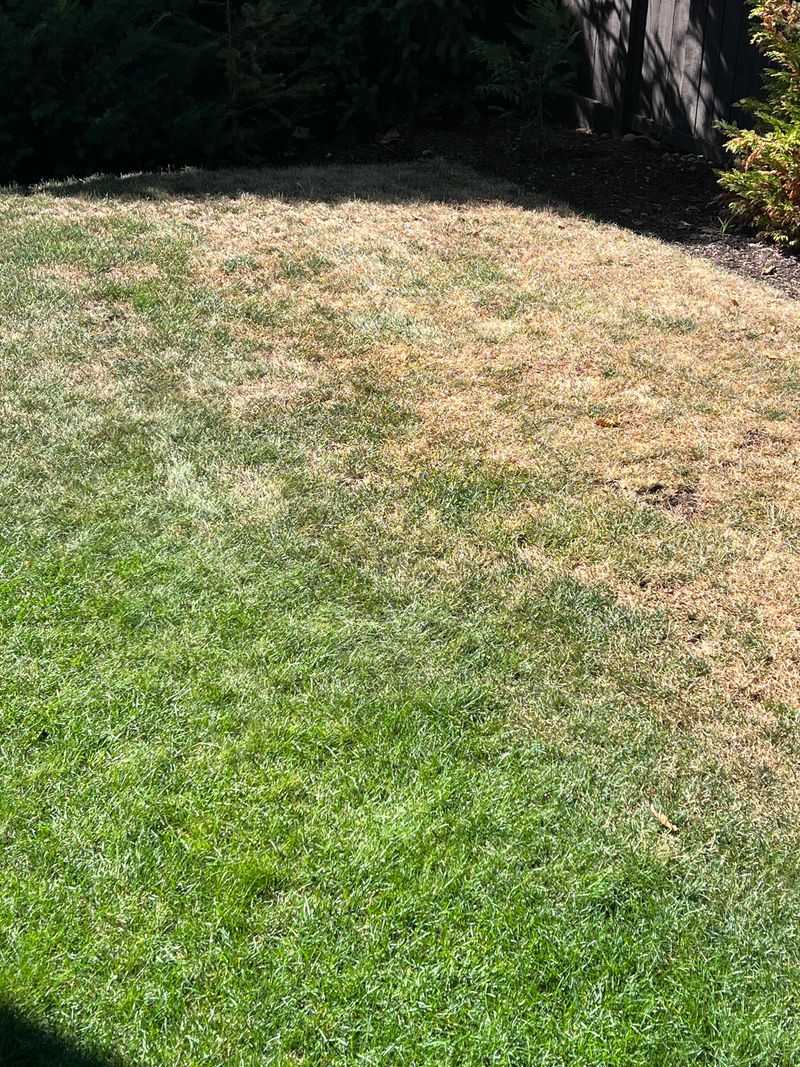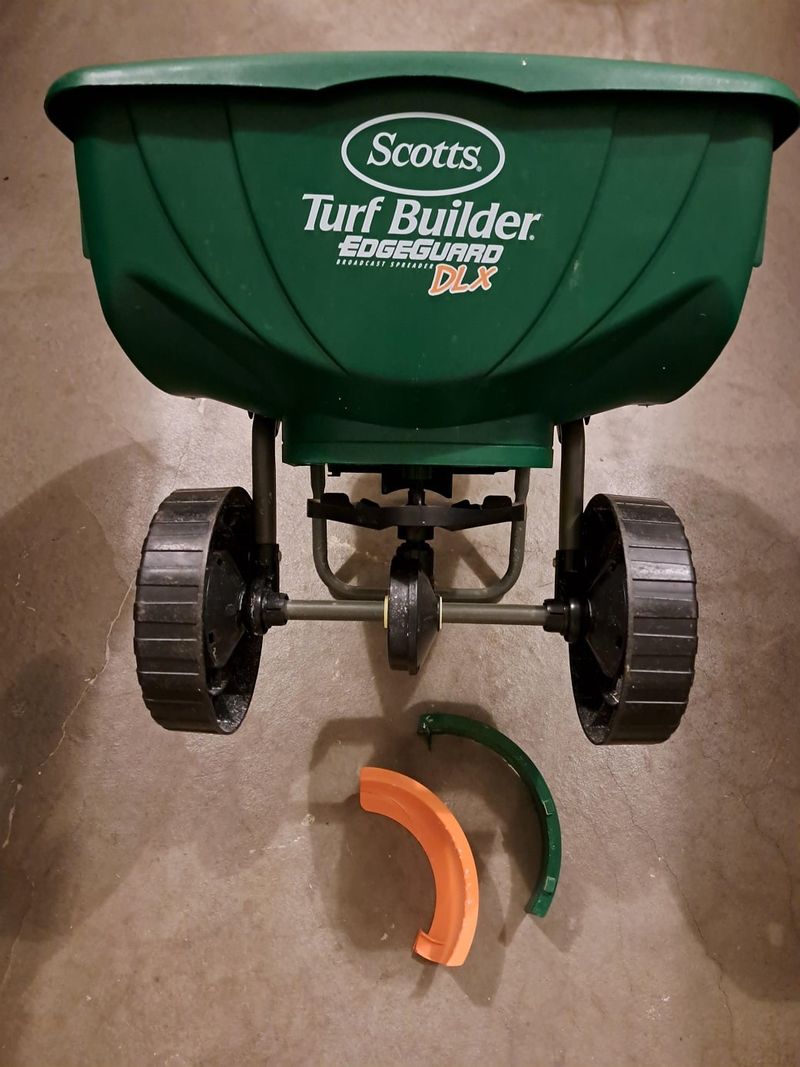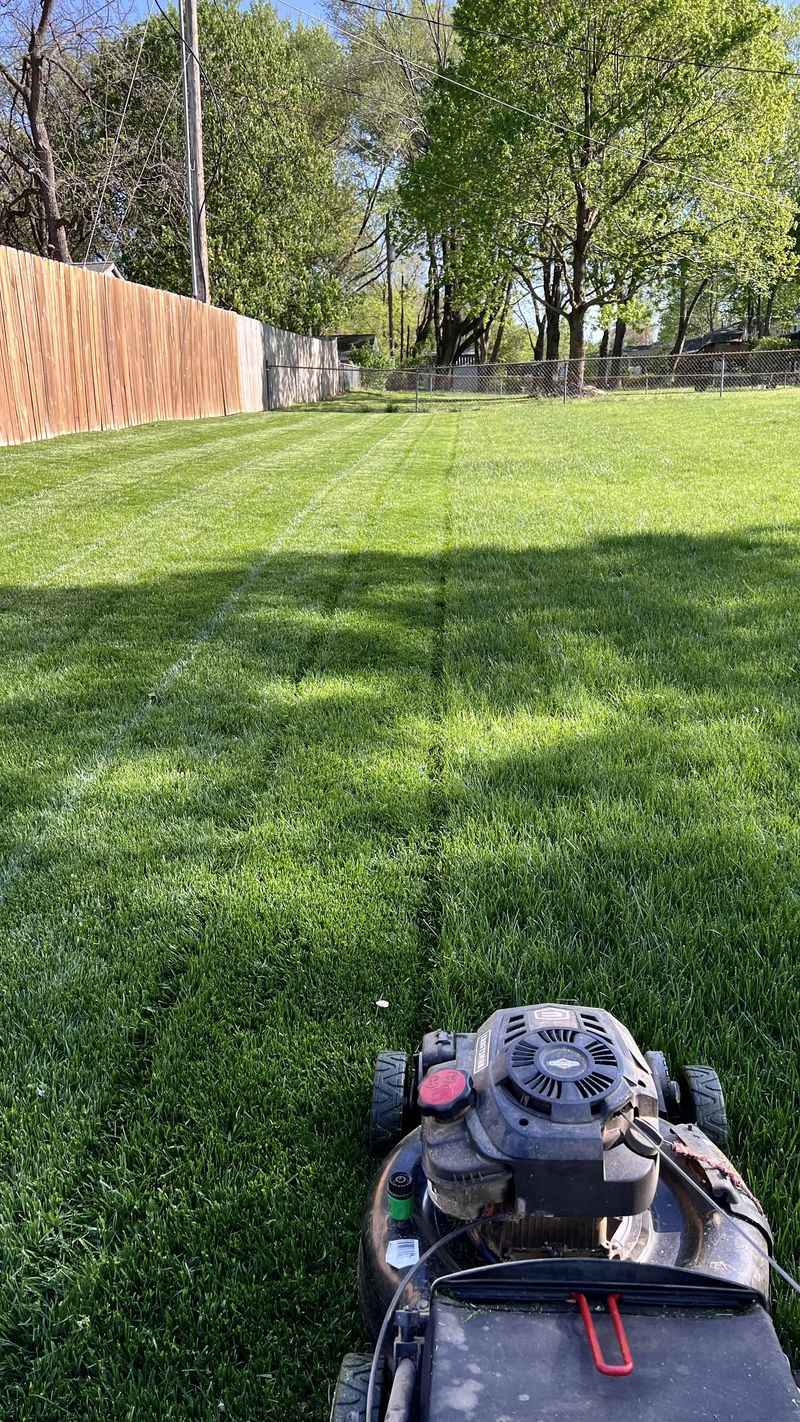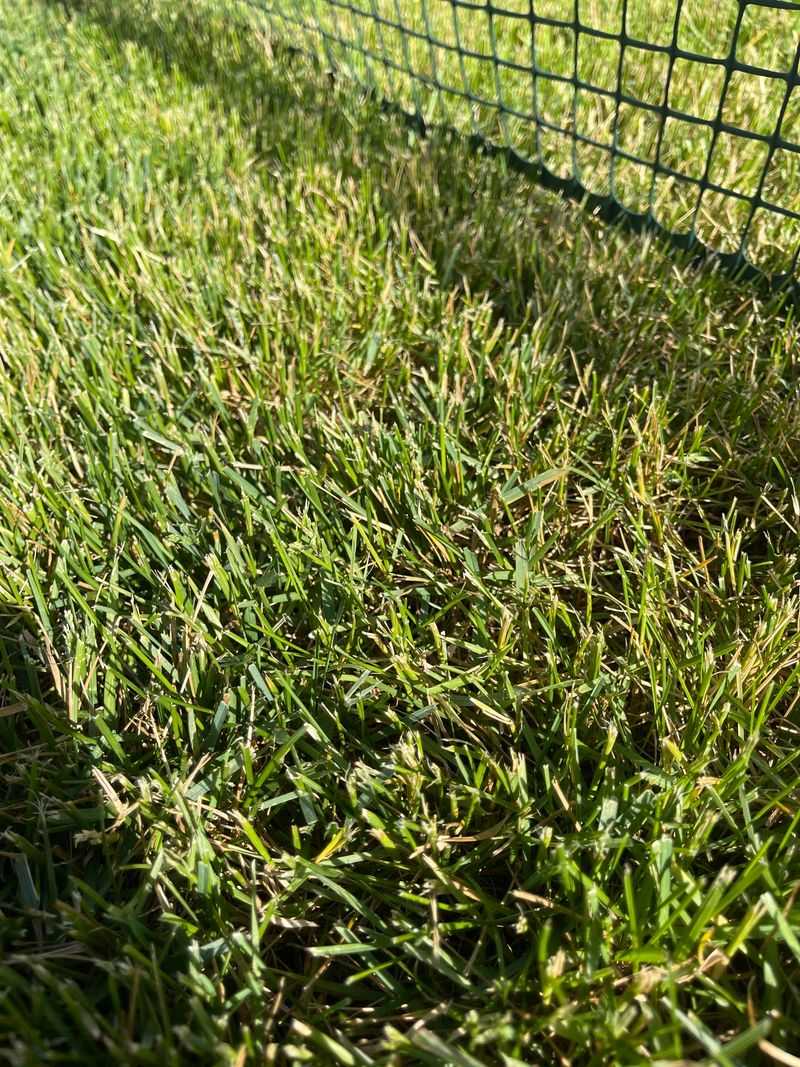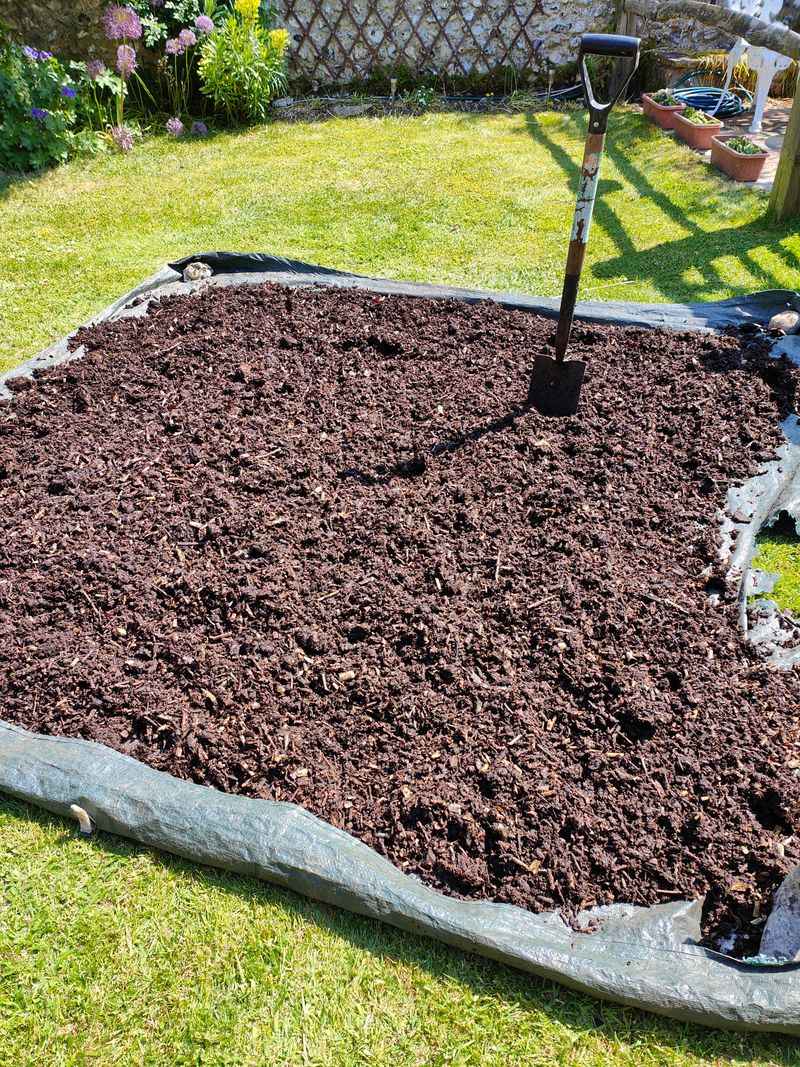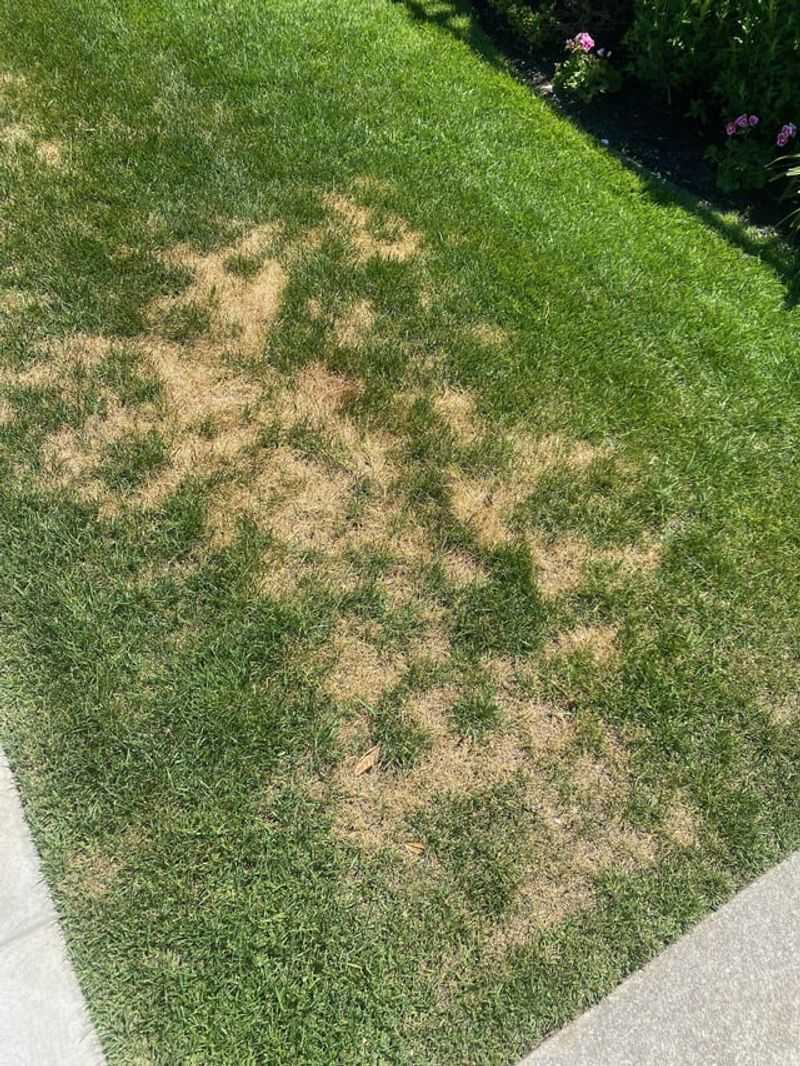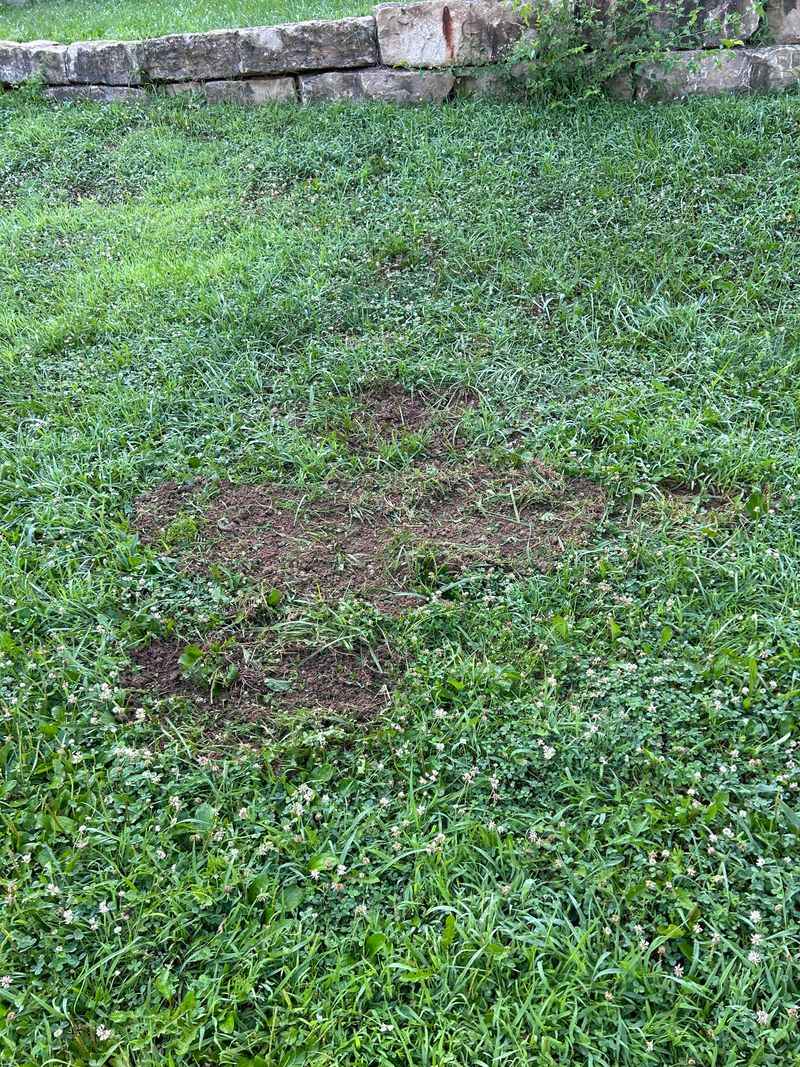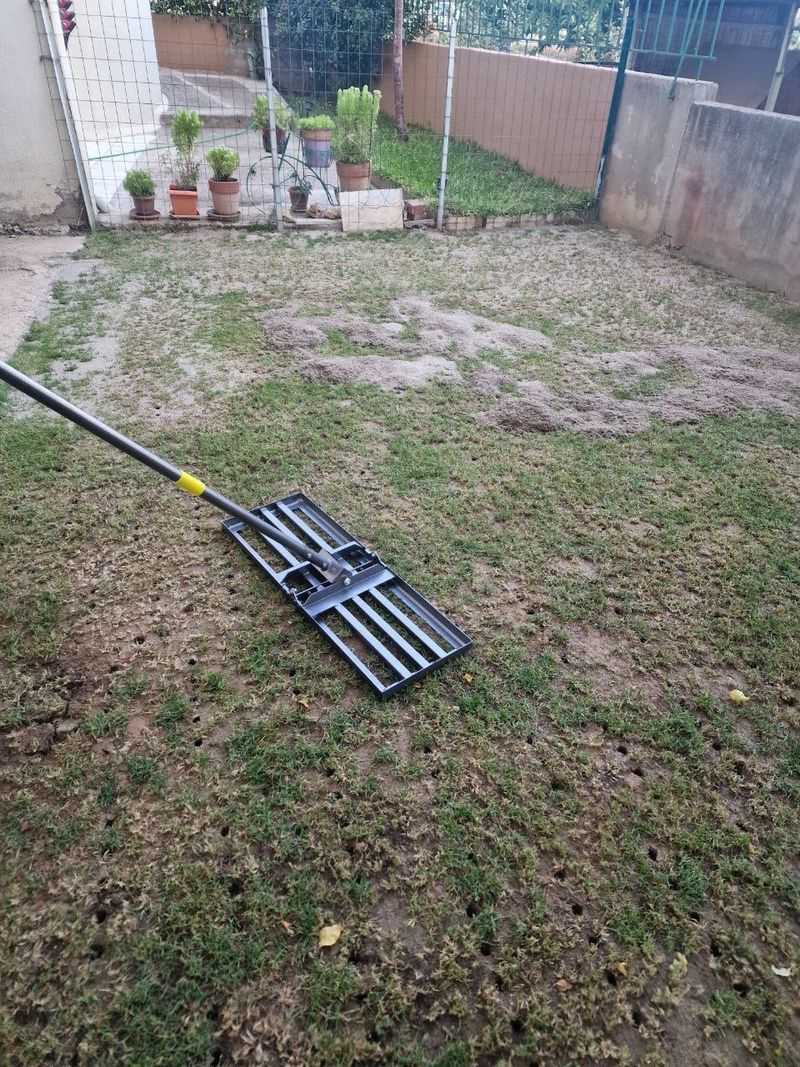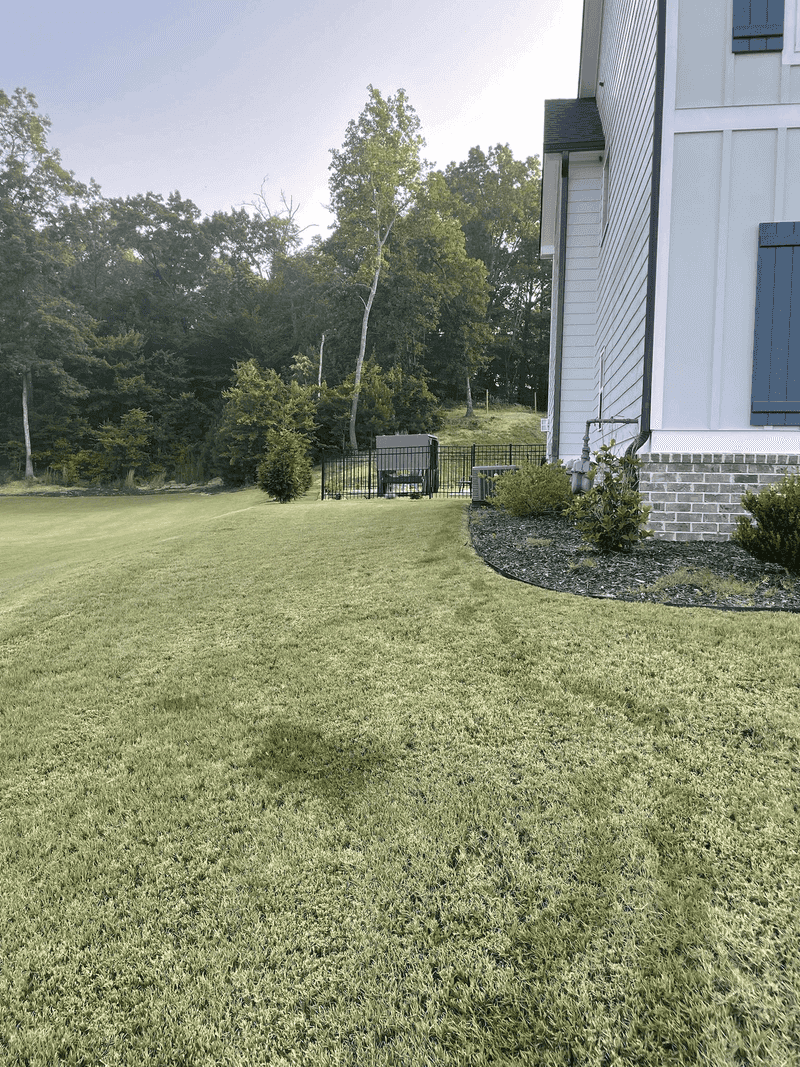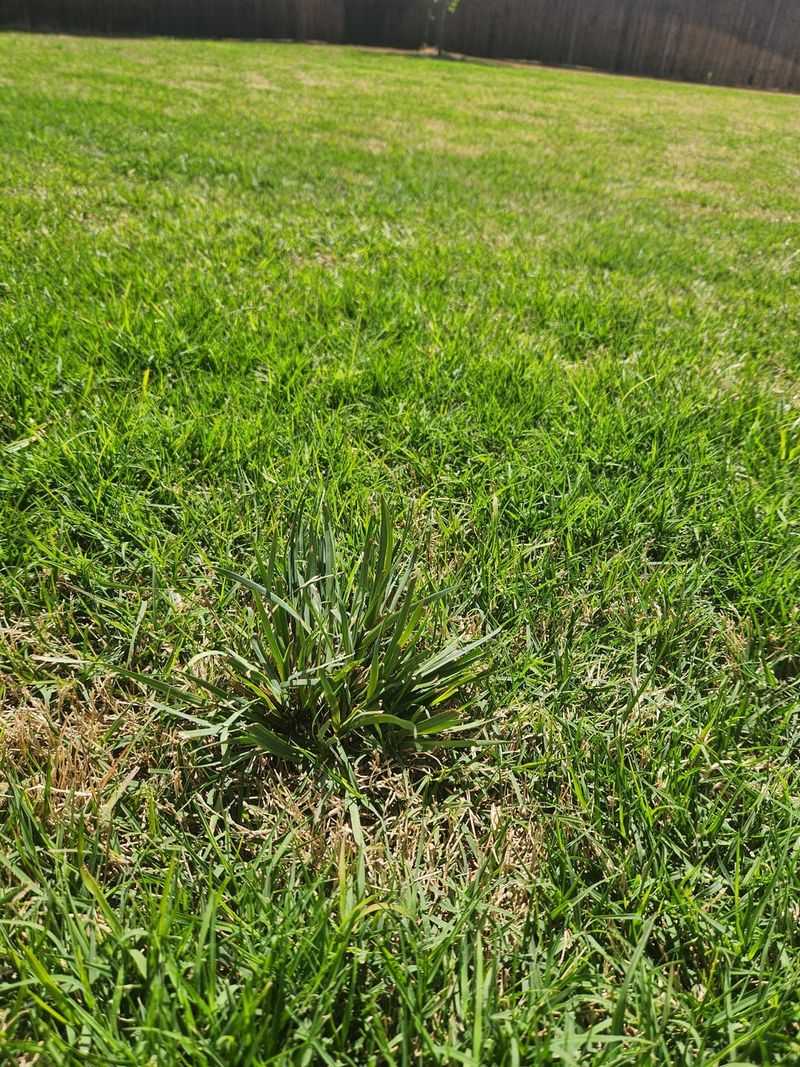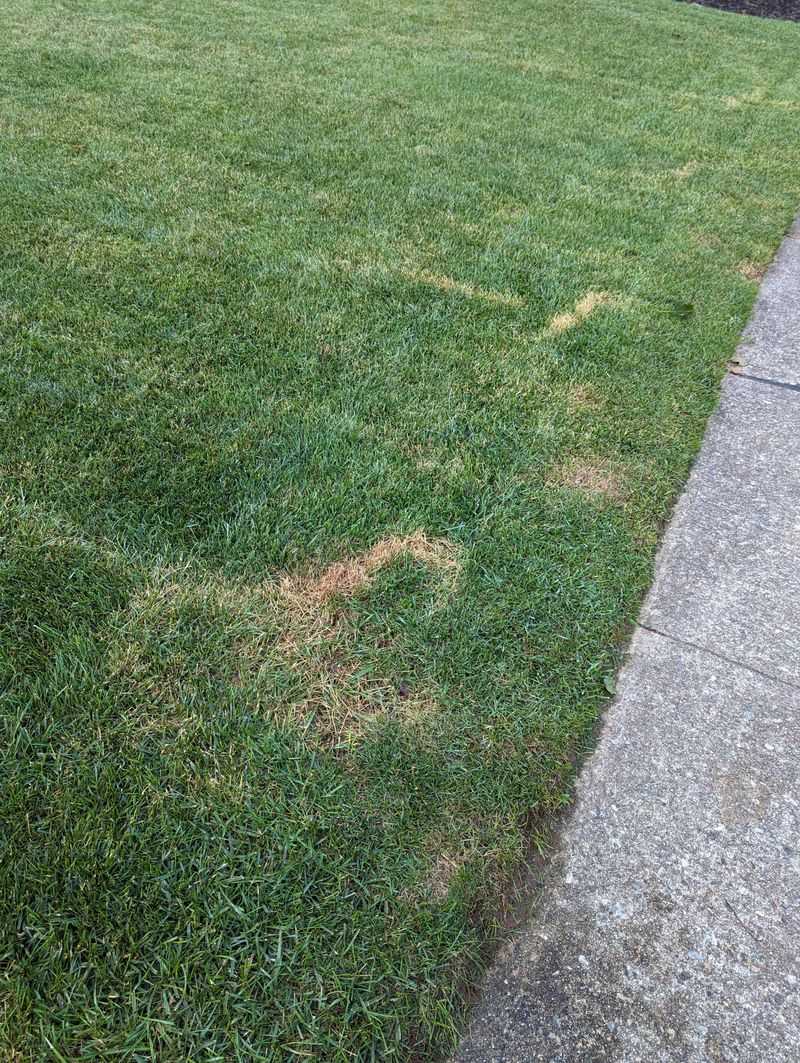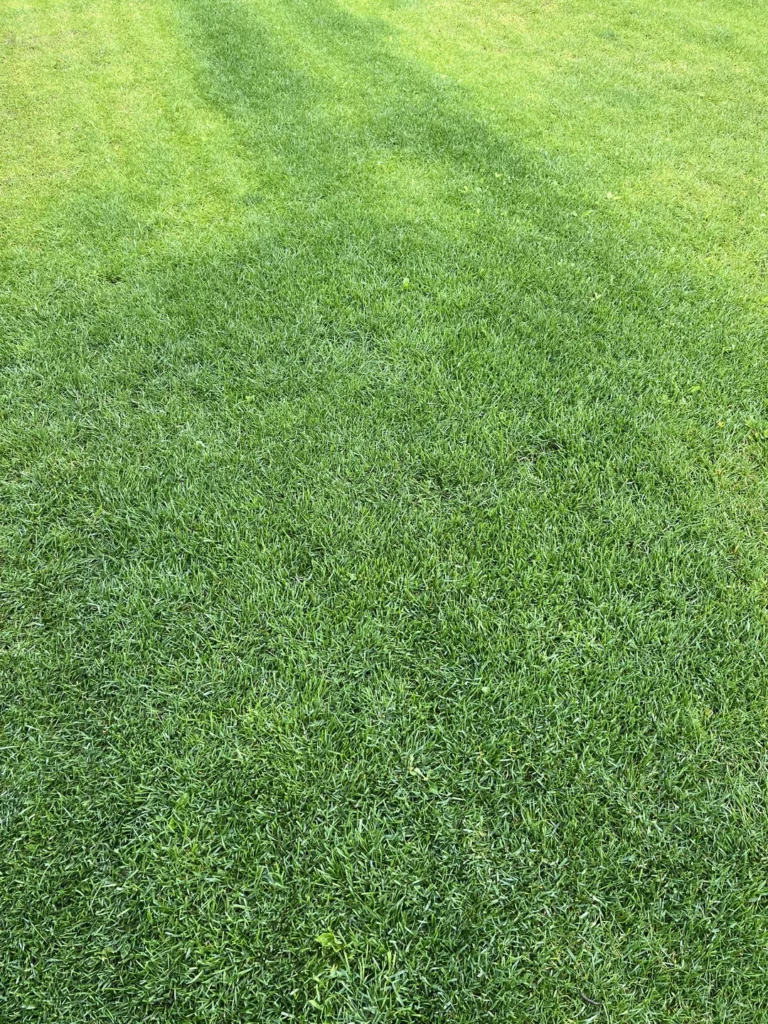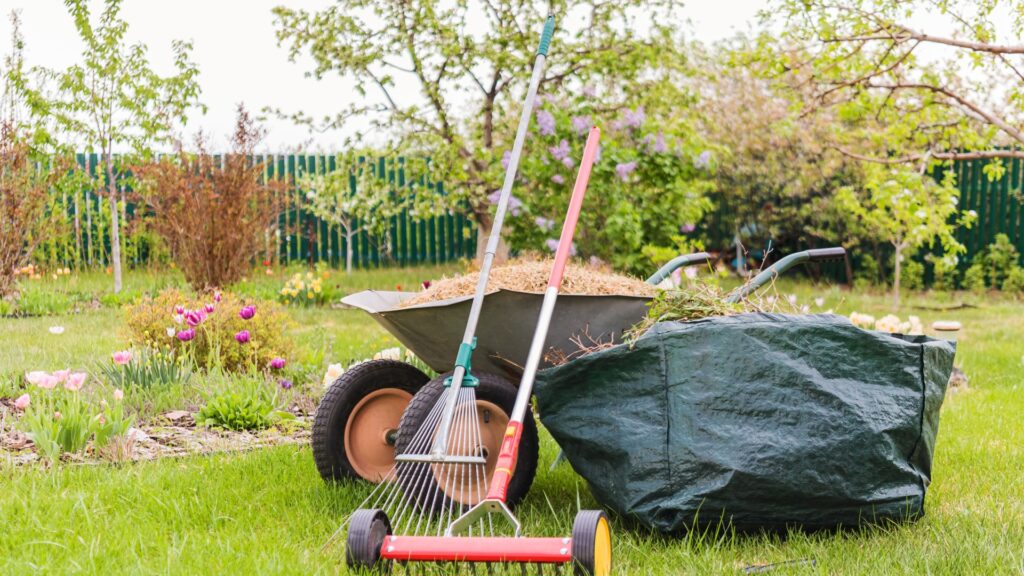A lush, green lawn doesn’t just happen—I learned that the hard way after a few summers of sad, patchy grass. But once I nailed the right fertilizing routine, my yard went from blah to brag-worthy.
These 17 tips are my go-to playbook. One of them? A total game-changer I never skip.
Let’s turn your lawn into the showstopper of the block!
1. Know Your Soil First
Nothing wastes more time and money than applying the wrong fertilizer to your lawn. Getting a simple soil test can reveal exactly what nutrients your grass needs and which ones it already has in abundance.
Most county extension offices offer affordable soil testing services that provide detailed reports about your soil’s pH and nutrient levels. The results typically arrive within two weeks and include specific recommendations.
Armed with this information, you’ll avoid over-fertilizing with nutrients your lawn doesn’t need while addressing actual deficiencies. This targeted approach saves money and prevents potential damage from excess chemicals.
2. Timing Is Everything
Fall stands out as the golden season for lawn fertilization, contrary to what many homeowners believe. During autumn, grass focuses energy on root development rather than blade growth, making nutrients especially valuable.
Early spring serves as your second-best option, providing essential nutrients just as your lawn wakes from winter dormancy. Avoid fertilizing during summer heat waves when grass is stressed and less able to utilize nutrients efficiently.
Following nature’s rhythm yields better results than sticking to a rigid calendar schedule. Your grass will show its appreciation through deeper roots and greater resilience to drought, disease, and foot traffic throughout the year.
3. Slow-Release Formulas Win The Race
Quick-release fertilizers might show dramatic results within days, but their benefits fade just as rapidly. Slow-release formulations deliver nutrients gradually over 6-8 weeks, providing steady nourishment without growth spurts.
The controlled feeding pattern promotes even growth and reduces the chance of burning your lawn with excess nitrogen. Your mowing schedule becomes more predictable without the feast-or-famine cycle typical of cheaper fertilizers.
While they cost slightly more upfront, slow-release products ultimately save money by requiring fewer applications per year. The consistent nutrition also helps develop stronger grass that naturally resists pests and diseases, reducing the need for additional treatments.
4. Master The Spreader Settings
Fertilizer spreaders aren’t one-size-fits-all tools, yet many homeowners never adjust their settings. Each fertilizer product has specific recommended settings based on its density and nutrient concentration.
Check the fertilizer packaging for the correct setting number for your specific spreader model. When in doubt, start with a lower setting – you can always make another pass if needed, but you can’t undo excess application.
Calibrating your spreader takes just minutes but prevents streaking, burning, and wasted product. Walking at a consistent pace also matters – moving too quickly or slowly affects distribution patterns and can leave parts of your lawn undernourished while others receive too much.
5. Water After Applying
Fertilizer granules sitting on grass blades can cause burning, especially during warmer months. A light watering after application dissolves these particles and carries nutrients down to the root zone where they’re most beneficial.
Aim for about a quarter-inch of water – enough to wash the granules off the grass blades without causing runoff. Early morning application gives you ideal conditions for this crucial watering step without promoting fungal growth that evening watering might encourage.
If rain is forecast within 24 hours, you can time your fertilization to take advantage of nature’s watering. Just ensure it’s a gentle rain rather than a downpour that might wash away your investment before it can benefit your lawn.
6. Respect The Edge
Fertilizer that lands on driveways, sidewalks, and patios doesn’t just waste money – it becomes an environmental hazard. These misplaced nutrients wash into storm drains and eventually reach waterways, contributing to harmful algae blooms.
Use a spreader with an edge guard feature or manually shut off the flow when approaching hardscaped areas. For areas near water features, maintain a 10-20 foot buffer zone with reduced or no fertilizer application.
After finishing, sweep or blow any stray granules back onto the lawn where they belong. This simple cleanup prevents staining on concrete surfaces and keeps nutrients working for your lawn rather than becoming unwanted water pollutants.
7. Mow First, Fertilize Second
Freshly cut grass absorbs nutrients more efficiently than longer blades. Mowing a day or two before fertilizing creates the ideal conditions for maximum nutrient uptake while making it easier to achieve even distribution across your lawn.
Short grass allows fertilizer granules to reach the soil surface instead of getting caught in the upper portions of tall blades. This direct soil contact accelerates the breakdown process and helps nutrients reach the root zone faster.
Avoid cutting too short, however – maintaining grass at 3-4 inches tall provides enough leaf surface for photosynthesis while still allowing fertilizer to reach the soil. This higher mowing height also shades soil, reducing moisture loss and suppressing weed germination.
8. The Magic Ratio: Understanding NPK
Those three numbers on fertilizer bags reveal the nitrogen, phosphorus, and potassium content – the primary nutrients all lawns need. For established lawns, a ratio like 3-1-2 or 4-1-2 typically works best, providing more nitrogen for green growth.
Nitrogen (N) promotes blade growth and vibrant color, the most visible signs of lawn health. Phosphorus (P) supports strong root development but is often restricted in many areas due to environmental concerns. Potassium (K) enhances overall stress tolerance, disease resistance, and drought hardiness.
Seasonal adjustments matter too – higher nitrogen in spring supports vigorous growth, while higher potassium in fall helps prepare for winter stresses. Understanding these ratios helps you choose products that meet your lawn’s specific needs throughout the year.
9. Organic Options That Really Work
Compost serves as nature’s perfect slow-release fertilizer, improving soil structure while feeding your lawn. A thin layer (¼ inch) spread across your lawn provides balanced nutrition without the risk of burning grass.
Grass clippings left after mowing return valuable nitrogen to your lawn – up to 25% of your lawn’s annual fertilizer needs. Using a mulching mower makes this recycling process even more efficient by chopping clippings into tiny pieces that decompose quickly.
Other effective organic options include products made from feather meal, bone meal, and seaweed extracts. While these typically work more slowly than synthetic fertilizers, they build soil health over time and reduce the risk of nutrient runoff into waterways.
10. Spot-Treat Problem Areas
Not every part of your lawn needs the same fertilizer treatment. Areas under heavy foot traffic, pet use, or shade often require specialized attention beyond your regular feeding schedule.
For dog spots, products containing gypsum help neutralize urine salts that burn grass. Shaded areas typically need less nitrogen but more potassium to strengthen grass growing in challenging light conditions. High-traffic zones benefit from extra fertilizer applications to support recovery and maintain density.
Keep a small hand-spreader filled with appropriate fertilizer for these targeted applications. This spot-treatment approach addresses specific weaknesses without over-fertilizing your entire lawn, saving money while solving persistent problem areas.
11. Liquid vs. Granular: Choosing Wisely
Granular fertilizers excel at providing long-lasting nutrition, breaking down gradually as you water your lawn. Their slow-release nature makes them more forgiving for beginners and provides steady feeding for 6-8 weeks with minimal risk of burning.
Liquid formulations offer immediate results, with nutrients available to grass roots almost instantly. They’re ideal for correcting deficiencies quickly or providing a boost during critical growth periods. The even application also eliminates the striping sometimes seen with granular products.
Many lawn enthusiasts find the best results come from using both types strategically – granular as their backbone feeding program with liquid supplements during stress periods or when preparing for special events. This combination provides both immediate green-up and sustained nutrition.
12. Aerate Before Fertilizing
Compacted soil acts like a barrier, preventing fertilizer from reaching hungry grass roots. Aerating creates thousands of small holes that allow water, air, and nutrients to penetrate deeper into the soil profile.
Fall aeration followed immediately by fertilization creates ideal conditions for maximum nutrient absorption. The holes provide direct channels for fertilizer to reach the root zone rather than sitting on the surface where it’s less effective and more likely to run off.
Rental core aerators pull actual plugs of soil from your lawn, providing the best results. For smaller lawns, spike aerators offer a more affordable though slightly less effective alternative. Either option dramatically improves fertilizer efficiency and promotes healthier root development.
13. Follow The ‘Holiday Schedule’
Creating a simple fertilization calendar based on major holidays helps maintain consistency without complex recordkeeping. Memorial Day, Fourth of July, Labor Day, and Thanksgiving provide perfectly spaced intervals for cool-season grasses in northern regions.
Southern lawns with warm-season grasses like Bermuda and St. Augustine benefit from a slightly different schedule. Easter, Memorial Day, Independence Day, and Labor Day typically align better with their active growth periods.
Adjust this holiday schedule based on your local climate conditions and lawn type. The beauty of this system lies in its simplicity – the holidays serve as built-in reminders that help you maintain regular feeding without needing to track complicated schedules or remember specific dates.
14. Don’t Forget Micronutrients
Iron deficiency often causes lawns to appear yellowish despite adequate nitrogen levels. A simple iron supplement can restore deep green color without stimulating excessive growth that requires more frequent mowing.
Other crucial micronutrients include manganese, zinc, and sulfur – each playing vital roles in grass health and disease resistance. Look for complete fertilizers that include these trace elements or consider specialized micronutrient supplements if soil tests indicate specific deficiencies.
Signs of micronutrient problems include unusual discoloration patterns, stunted growth despite regular fertilization, or increased disease susceptibility. These subtle symptoms often go unnoticed but addressing them can dramatically improve lawn appearance and resilience with minimal additional effort.
15. Less Is More: Avoiding Over-Fertilization
Applying too much fertilizer doesn’t create a better lawn – it creates a dependent, weak lawn prone to disease and environmental stress. Excess nitrogen forces rapid growth that depletes the plant’s energy reserves and creates thatch buildup.
Burned patches, excessive thatch, and algae or moss growth all signal over-fertilization problems. If you notice these symptoms, skip your next scheduled application and increase watering temporarily to help flush excess nutrients from the soil.
Following product label rates isn’t just a suggestion – it’s essential for lawn health. Consider using a fertilizer with lower nitrogen content (first number) and applying it more frequently rather than applying stronger products less often. This approach provides steady nutrition without stressing your lawn.
16. Feed Different Grass Types Differently
Not all grass types have the same nutritional needs—or even the same growth cycles. Applying a one-size-fits-all fertilizing plan can lead to underperformance in some areas and overfeeding in others.
Cool-season grasses like Kentucky bluegrass and fescue grow most vigorously in spring and fall, requiring more nitrogen during these peak times. Warm-season varieties like Bermuda, zoysia, and St. Augustine thrive in the heat of summer and should be fertilized when temperatures are consistently warm.
Tailoring your fertilization schedule and product selection to your grass type ensures nutrients are delivered when your lawn can use them most effectively. Local extension offices or garden centers can help you identify your grass species and recommend the best fertilizing strategy for your region and turf.
17. Fertilize After Dethatching
Dethatching—removing the dense layer of dead grass and organic matter between the soil and grass blades—gives fertilizer direct access to the root zone where it can actually do its job. If your lawn feels spongy underfoot or struggles to green up despite regular feeding, a thick thatch layer may be to blame.
Dethatching can be done manually with a rake or with a mechanical dethatcher for larger lawns. Once the thatch is removed, your lawn is more receptive to nutrients, air, and water. This improved access enhances fertilizer effectiveness and leads to healthier, deeper roots.
Fertilize shortly after dethatching to help your lawn recover and capitalize on the newly opened soil surface. Just be sure to water thoroughly afterward to prevent stress and encourage new growth in freshly exposed areas.

